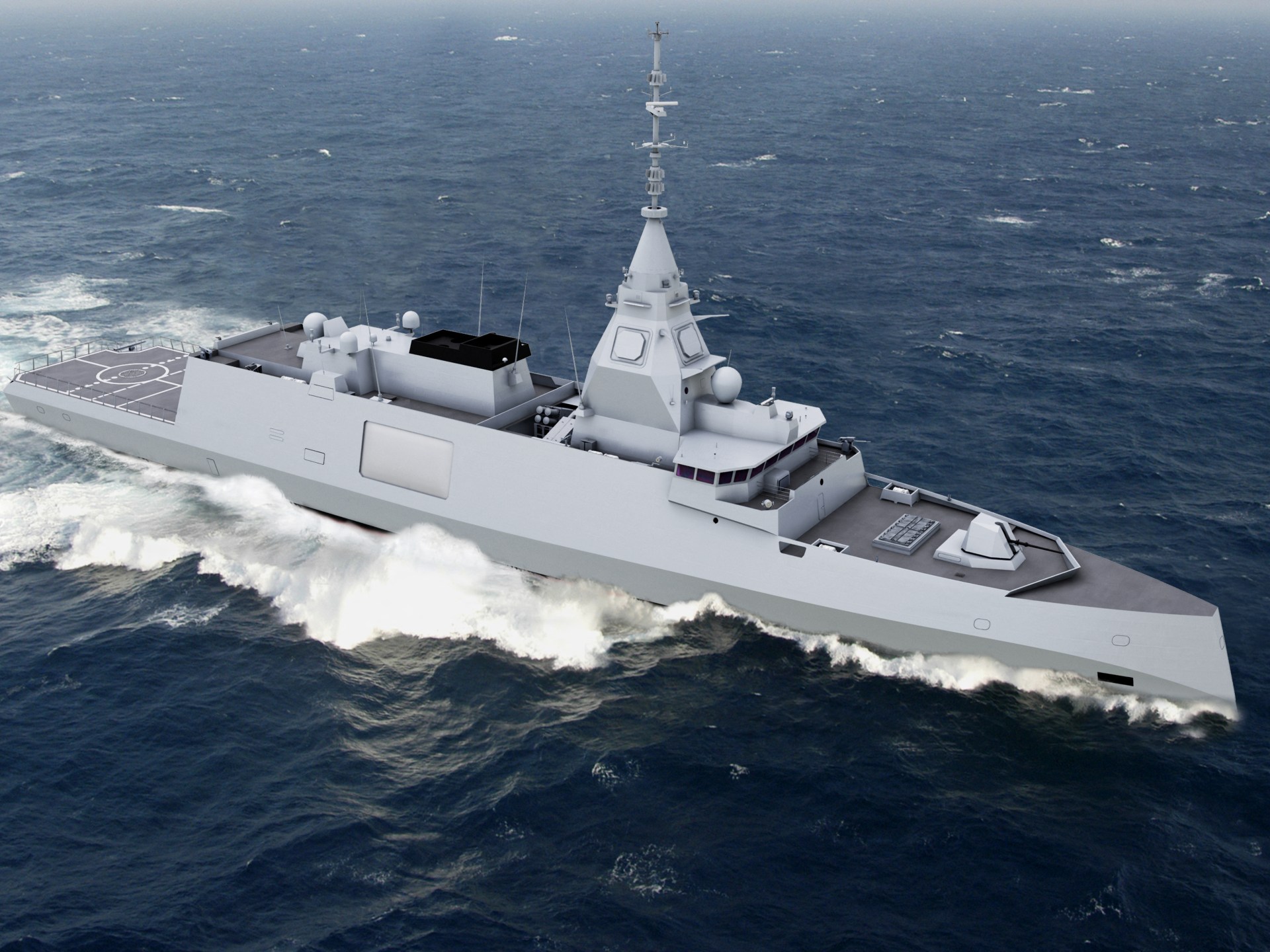Incident comes after Houthi rebels threatened to prevent passage of Israel-linked ships if aid is not allowed into Gaza.
A French frigate has shot down two drones over the Red Sea that were believed to be approaching from the coast of Yemen, according to the French military.
“The interception and destruction of these two identified threats” were carried out late on Saturday by the frigate Languedoc, which operates in the Red Sea, the general staff said in a press release on Sunday.
The interceptions happened at 20:30 GMT and 22:30 GMT and were 110km (68 miles) from the Yemeni coast, it added.
Yemen’s Iran-backed Houthi rebels on Saturday threatened to attack any vessels heading to Israeli ports unless food and medicine were allowed into the besieged Gaza Strip, which has been devastated by more than two months of Israeli bombing.
The Houthis said that all “ships linked to Israel or that will transport goods to Israeli ports” are not welcome in the Red Sea, a vital channel for global trade linked to the Suez Canal.
“We warn all ships and companies against dealing with Israeli ports,” the group said in a statement.
Heightened tensions in the Red Sea
The latest warning comes amid heightened tensions in the Red Sea and surrounding waters following a series of maritime attacks by Houthi rebels since the start of the Israeli war on Gaza on October 7.
Last week, the Yemeni group attacked two ships off the Yemeni coast, including a Bahamas-flagged vessel, claiming they were Israeli-owned. And last month, the rebel forces seized the Galaxy Leader, an Israeli-linked cargo vessel.
In a recent statement posted on social media, the Houthi rebels said they “will prevent the passage of ships heading to the Zionist entity” if humanitarian aid is not allowed into Gaza.
The United Nations World Food Programme (WFP) says 36 percent of Gaza households are now experiencing “severe hunger”.
At least 17,700 Palestinians, mostly women and children, have been killed in two months of Israeli bombing, while thousands of people are believed to be trapped under the rubble.
Attacks on Israel-linked vessels
Beyond maritime attacks, the Houthis have launched a series of drone and missile strikes targeting Israel in the wake of the Israeli bombing of Gaza.
A US destroyer shot down three drones emerging from Yemen last week while providing assistance to commercial ships in the Red Sea, according to Washington. The US denounced “a direct threat” to maritime security.
Israel’s national security adviser, Tzachi Hanegbi, said his country would not accept the “naval siege”, noting Prime Minister Benjamin Netanyahu had asked US President Joe Biden and European leaders to take measures to address the situation.
“If the world will not take care of it,” Hanegbi warned on Israel’s Channel 12 television, “we will take action to remove the naval siege”.
Iran-linked groups in the Middle East such as Hezbollah in Lebanon and armed groups in Syria and Iraq have targeted US installations since the Israeli bombing started on October 7.
Israel continues its bombardment of Gaza after the US vetoed a UN Security Council resolution calling for a ceasefire on Friday, a move strongly condemned by humanitarian groups.
Check out our Latest News and Follow us at Facebook
Original Source

